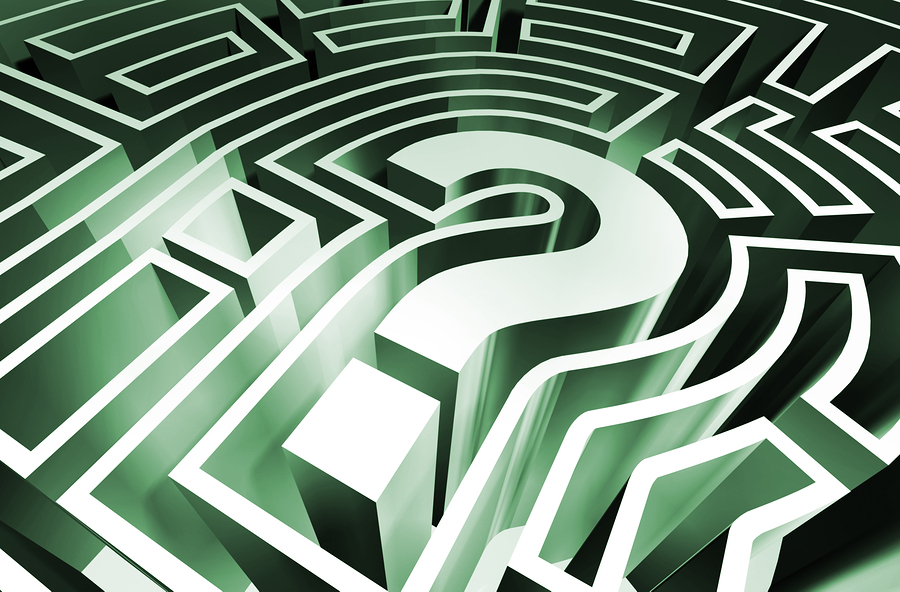Sorting Out Responsibility in a New Mexico Premises Liability Claim
Premises liability deals with the duty of an owner or occupier of land, such as a homeowner or tenant, to keep his or her premises visitors safe from personal injuries.
A homeowner or renter may be held responsible for his negligence that causes a person to be injured on his property. A common example of negligence that leads to liability for the owner occurs when there is a defect on the property, such as a tripping hazard due to uneven sidewalk leading to the door, that the owner or tenant is aware of but takes no action to warn visitors of the risk.
Another situation that would give rise to liability may relate to repairs or home improvement undertaken by the owner of the property. If the homeowner is repairing the stairway to his deck, and in those repairs has removed the railing so that it may be replaced, he has created an unsafe condition on the property. If he takes no action to either block off the stairs or otherwise warn visitors of the lack of railing and potential hazard, he may be found negligent and held responsible if a visitor falls when descending the stairs because there was no railing to hold onto for stability.
Homeowners insurance will typically cover the damages due to the owner or occupier‘s negligence. If the owner does something intentionally that causes injury to a visitor, that act is generally not covered by insurance and the homeowner will be held personally responsible. The most common situation that falls into this category is usually related to some home security measure that actually creates a risk of harm. However, most premises liability cases involve some negligence of the homeowner, even if there is some intentional act.
Interestingly, insurance coverage for premises liability often does not extend to household members. Generally the homeowner or tenant cannot be held responsible for negligence due to injuries that involve his immediate family.
Assuming the same stairway railing example, if the son of the homeowner descends the stairs and falls injuring himself, he will likely be unable to bring an action against his father as owner of the property for creating or allowing the existence of an unsafe condition on the property. The reasoning is that the a member of the household should have notice of what another household member is doing in the home so the member should know that his father is repairing the stairs and that he should be especially careful. Many homeowners insurance policies actually have a household members exclusion that specifically excludes household family members from bringing claims against the insured homeowner. This exclusion typically just excludes liability for household members, not non-household family members.
A renter of a property may also be held responsible as if he owned the property for things that are within his control or knowledge. Again, the uneven sidewalk that is a tripping hazard may be a point of liability for the tenant if he fails to take any action to warn visitors of the tripping hazard. In most rental agreements, the tenant is responsible for issues within his control, but the owner of the property is responsible for problems of which he is aware, for structural issues or problems due to mechanical sources such as heaters or stoves. If the tenant has advised the owner of the property of the uneven sidewalk and the tripping hazard, or if the owner is otherwise aware of the problem, the owner may be held responsible for the injury to a visitor of the renter who trips and falls on the uneven walkway. Possibly, the tenant may also be held responsible, but the liability is shared, not attributed solely to one or the other.
Sorting out responsibility and liability for some of these cases can be quite challenging. It is generally advisable to seek the guidance of an experienced personal injury attorney.

